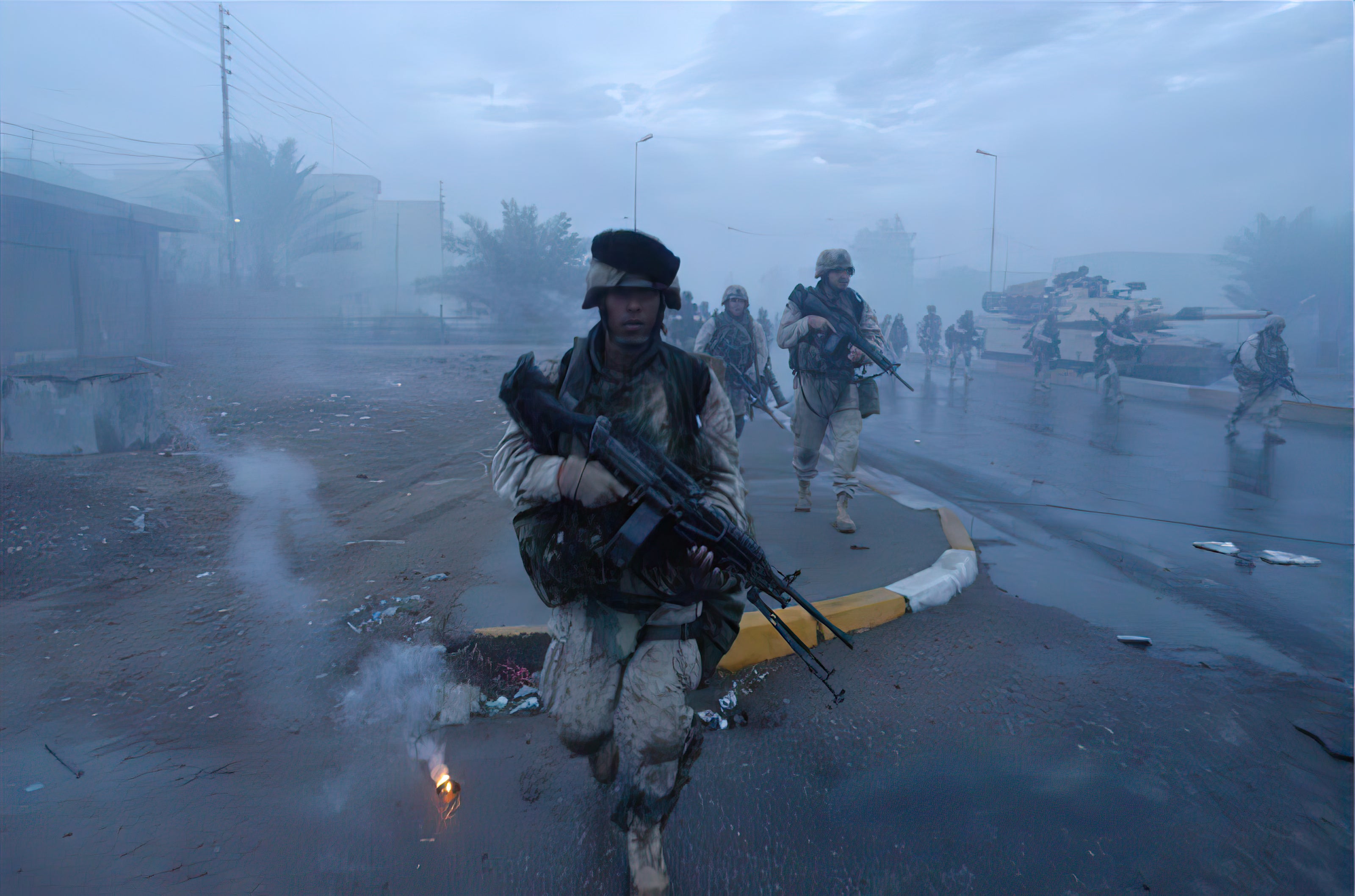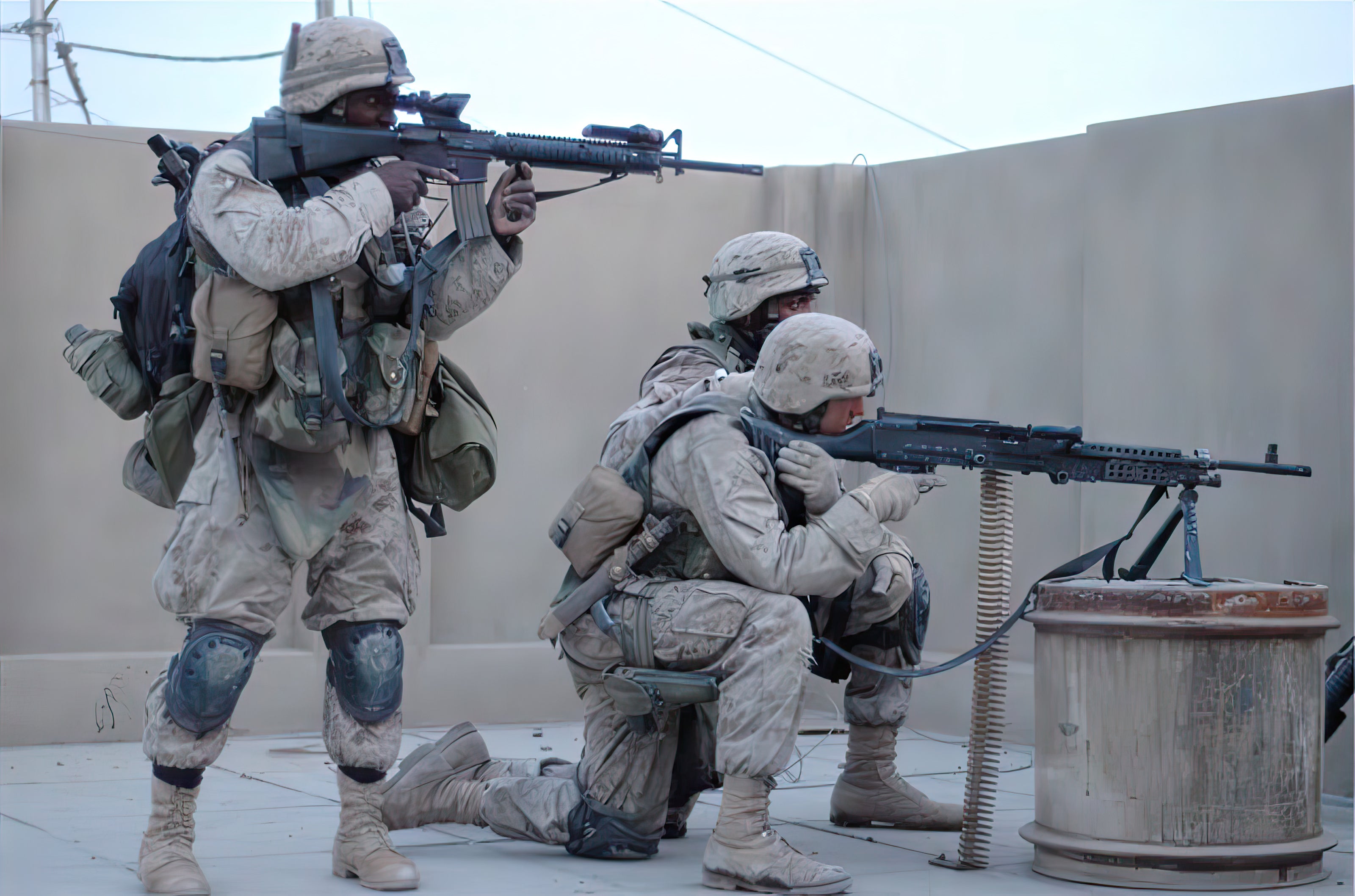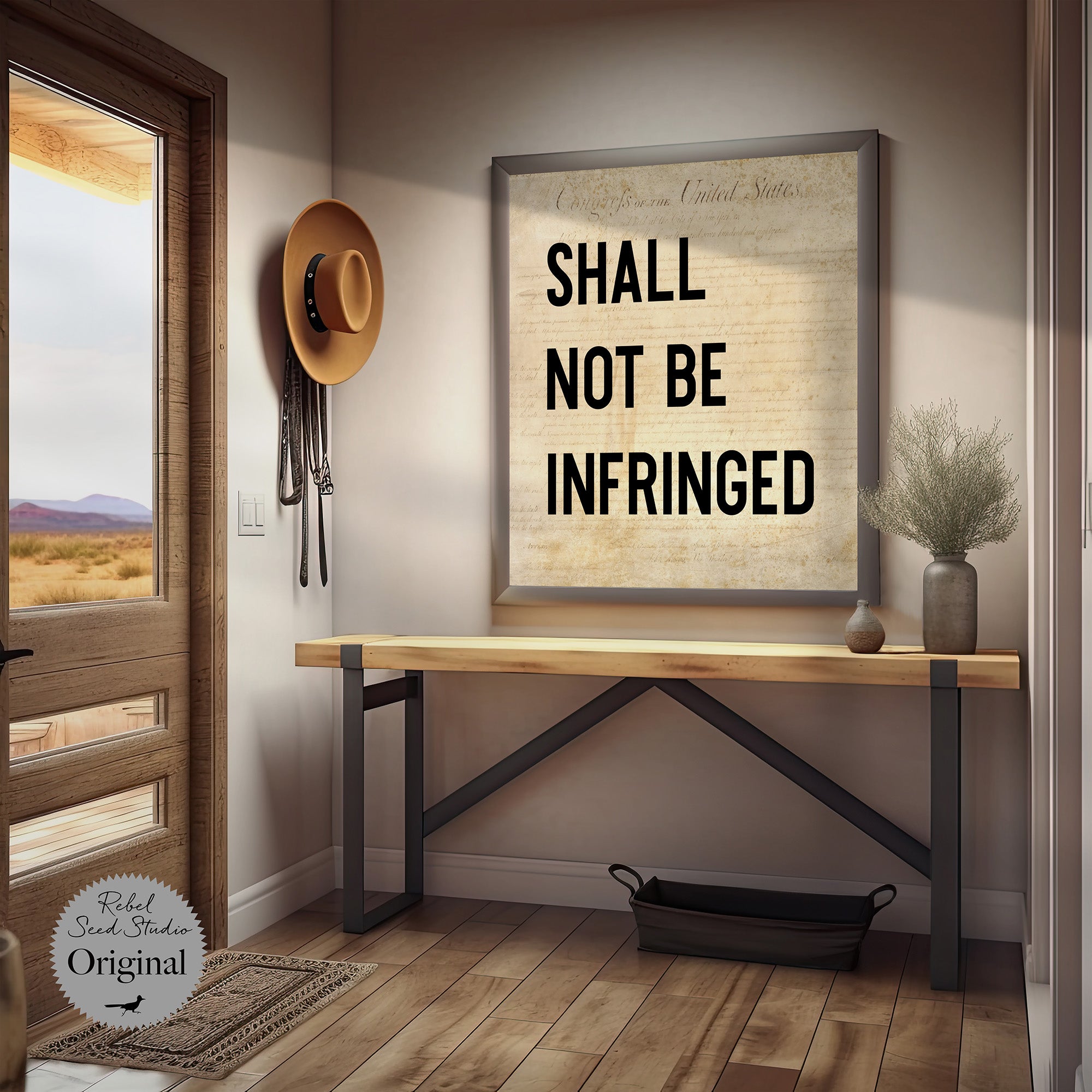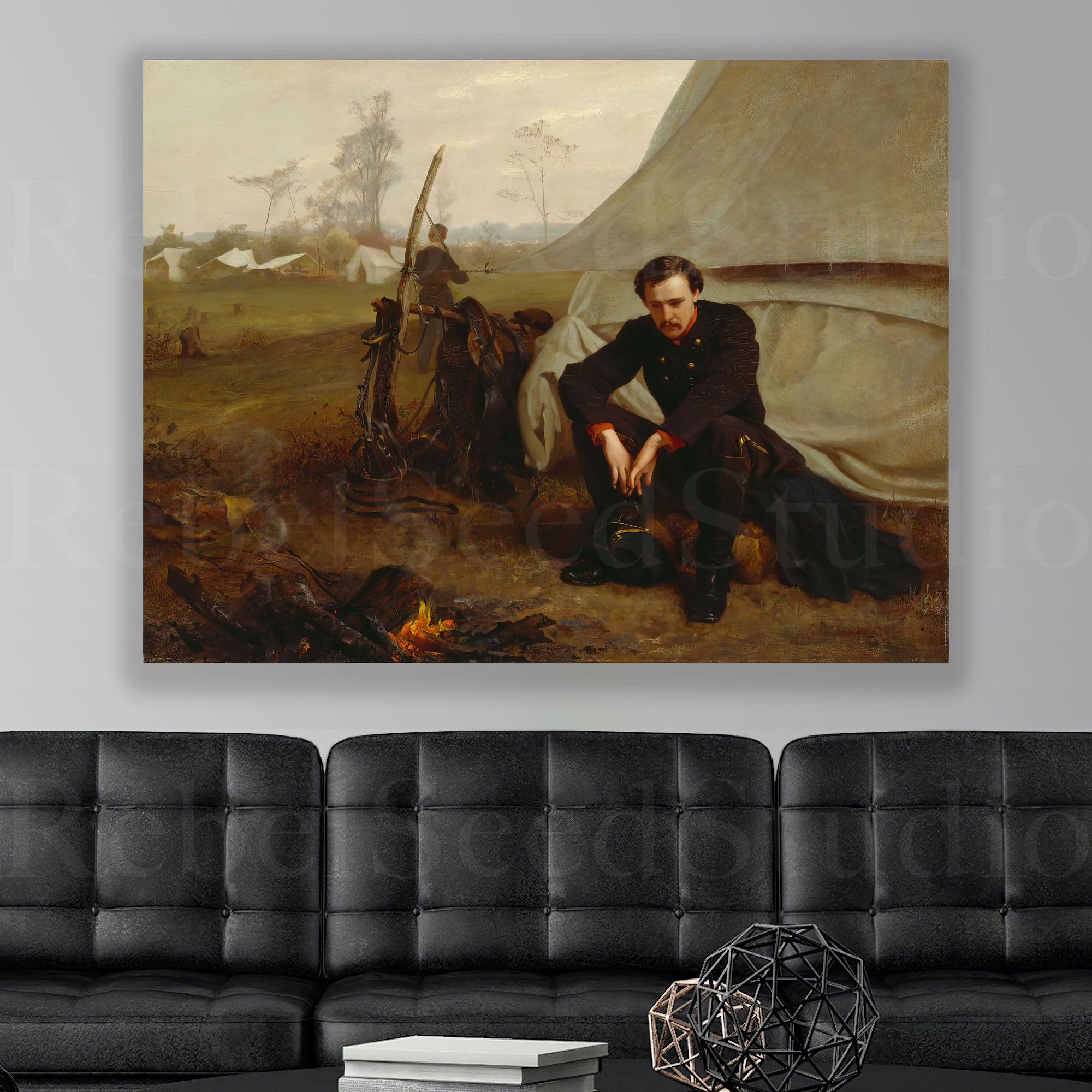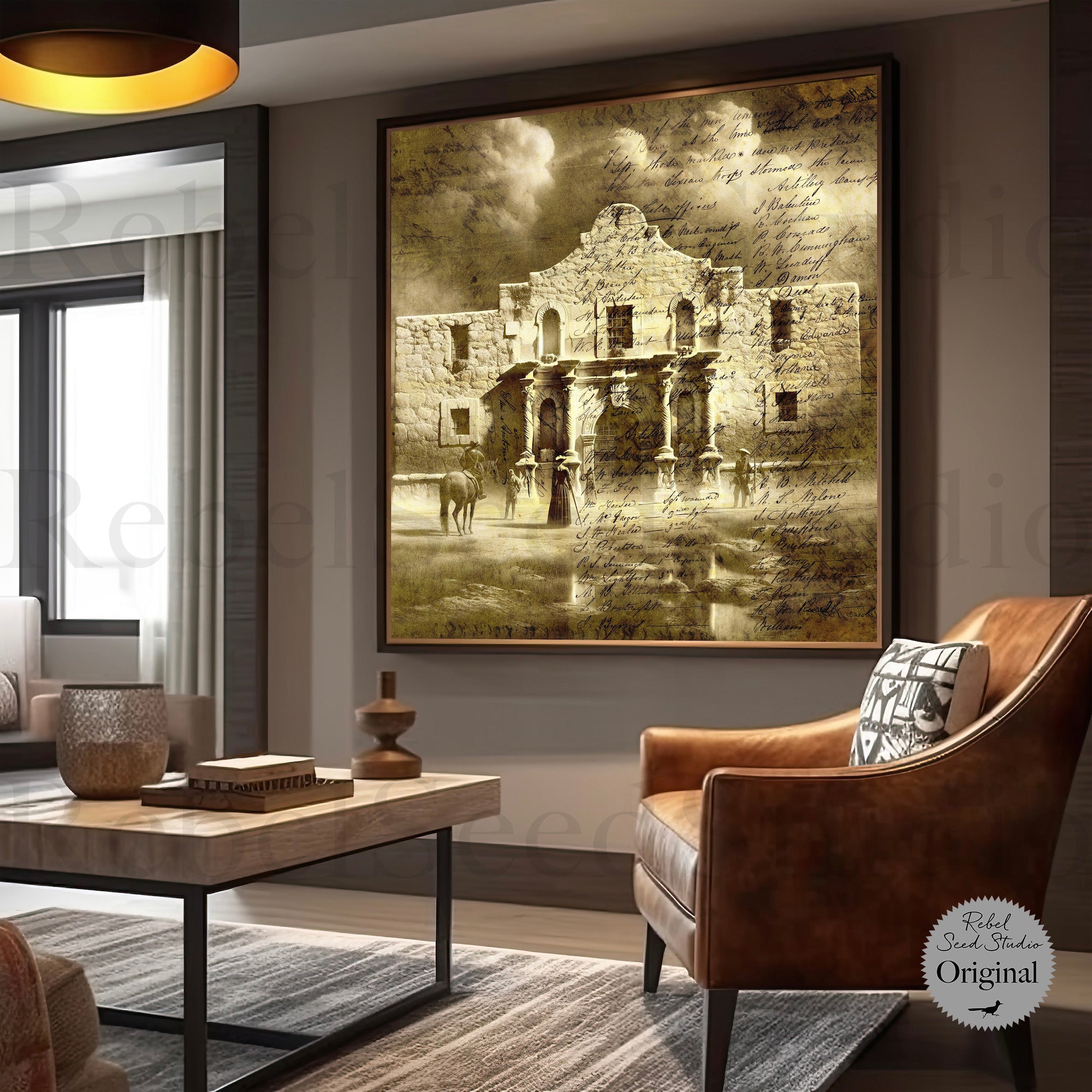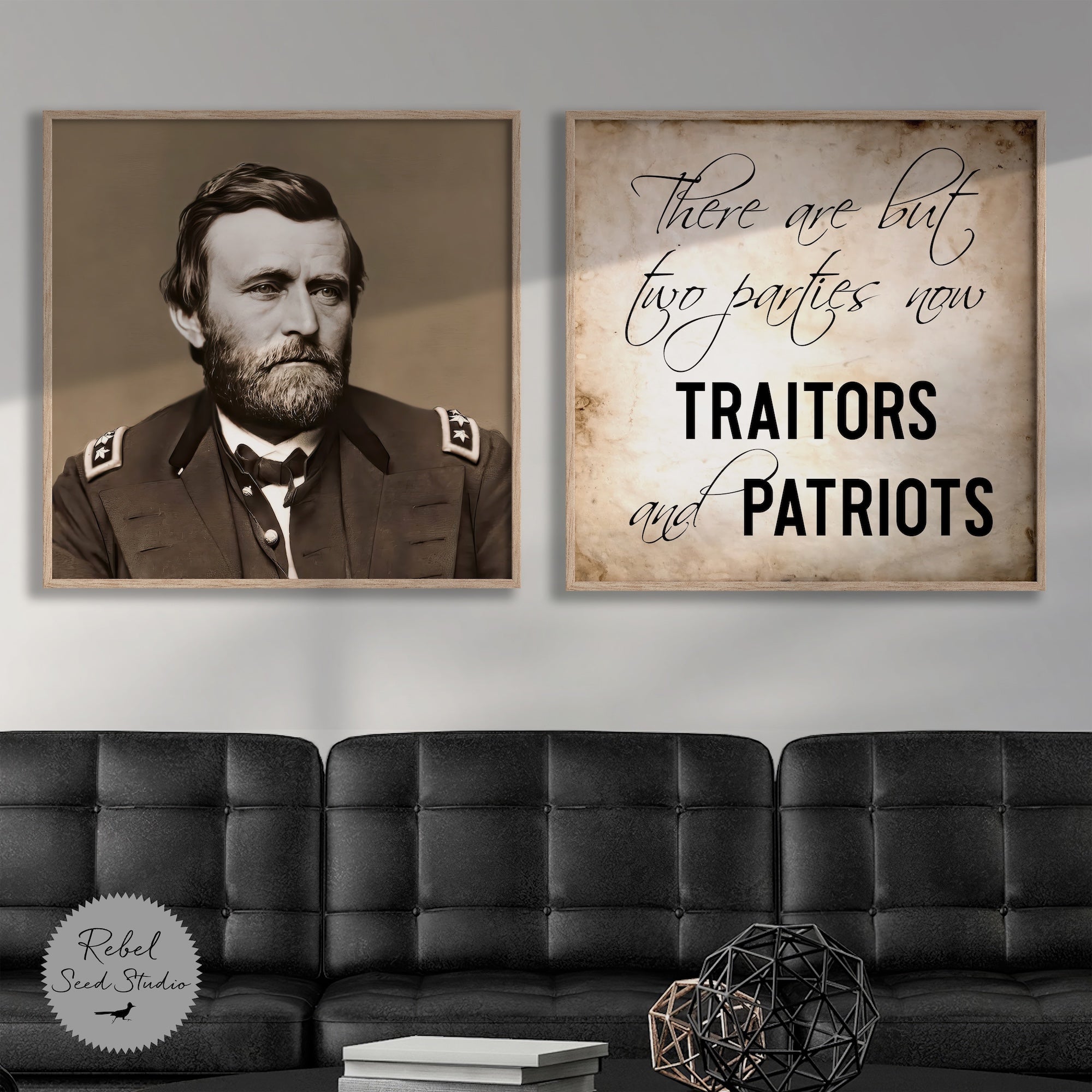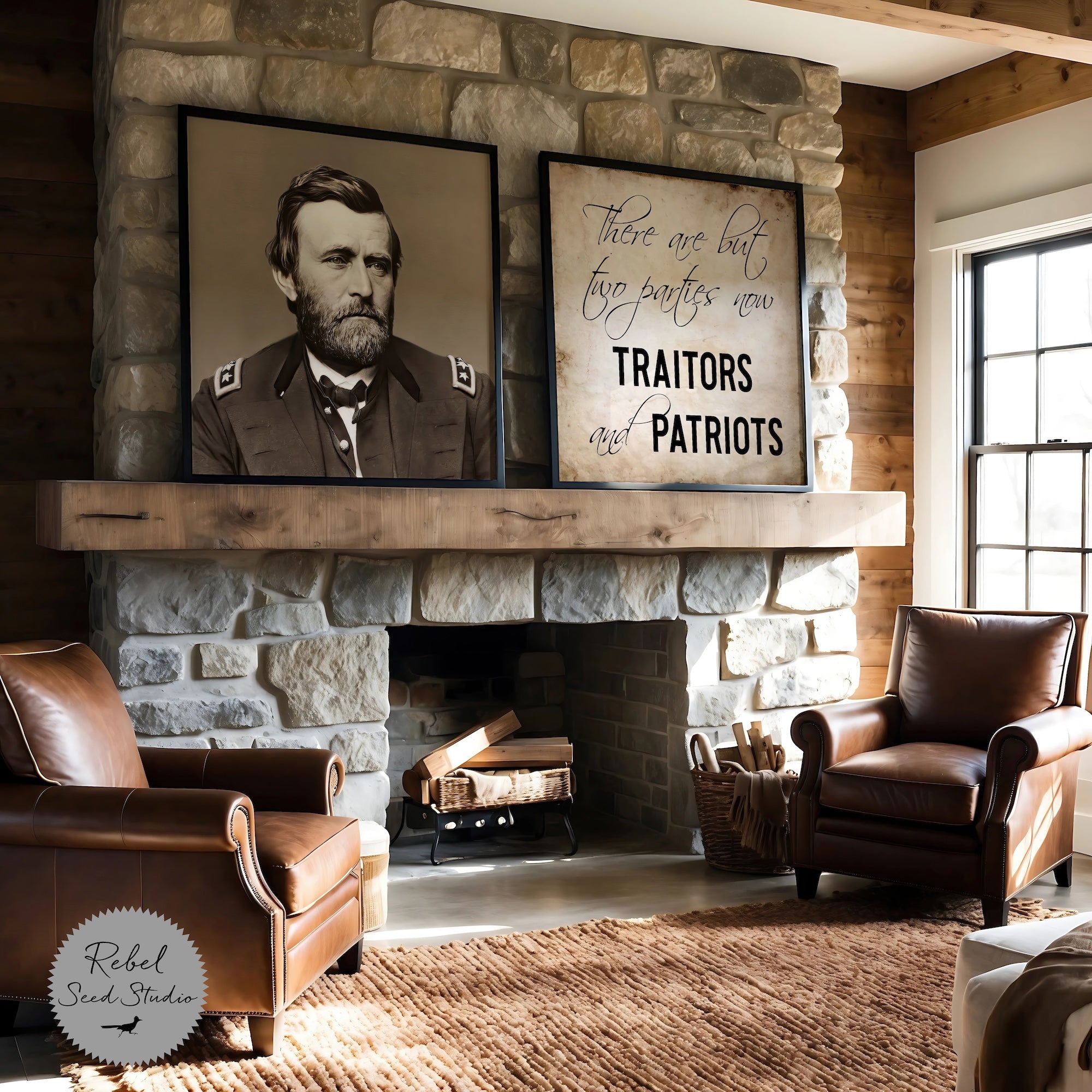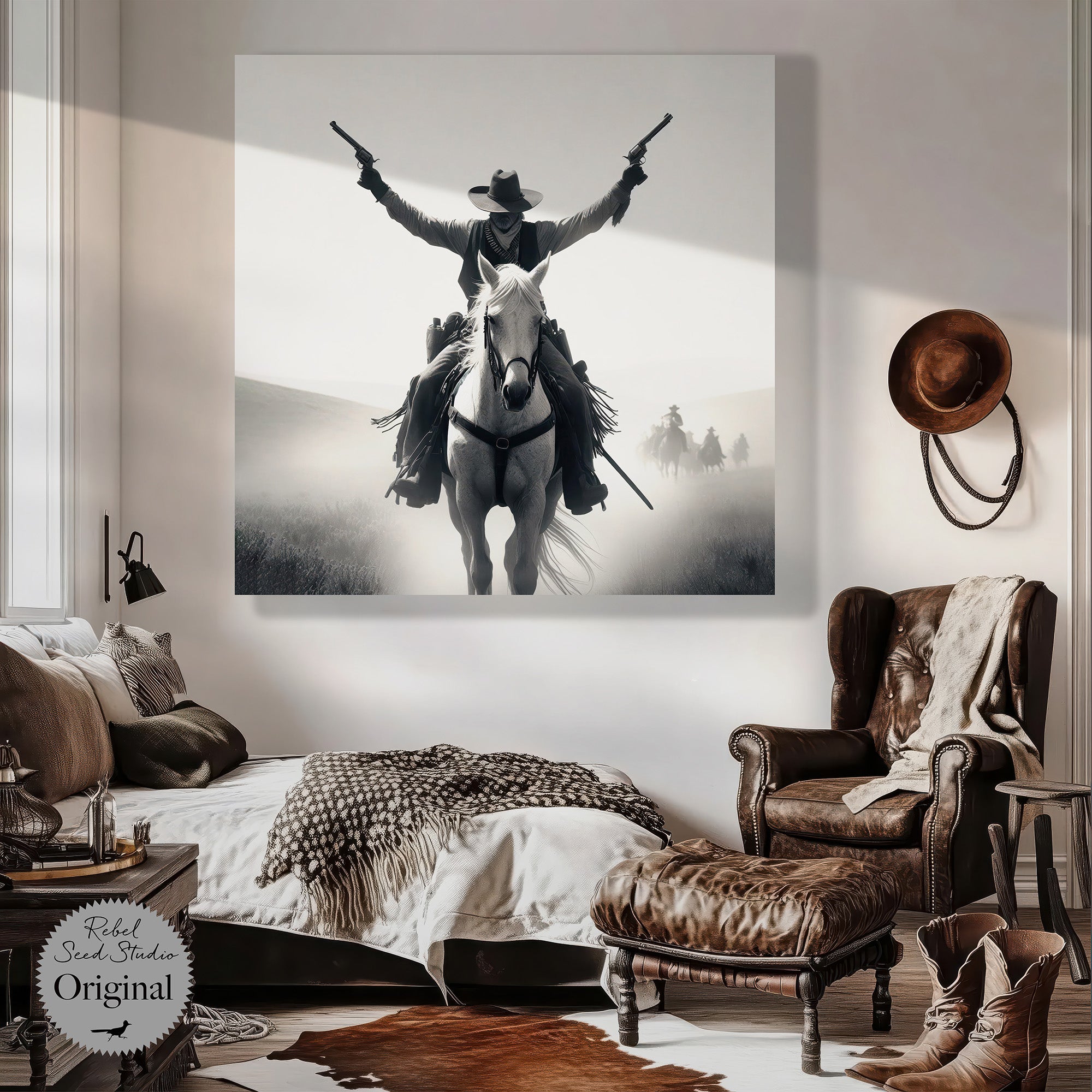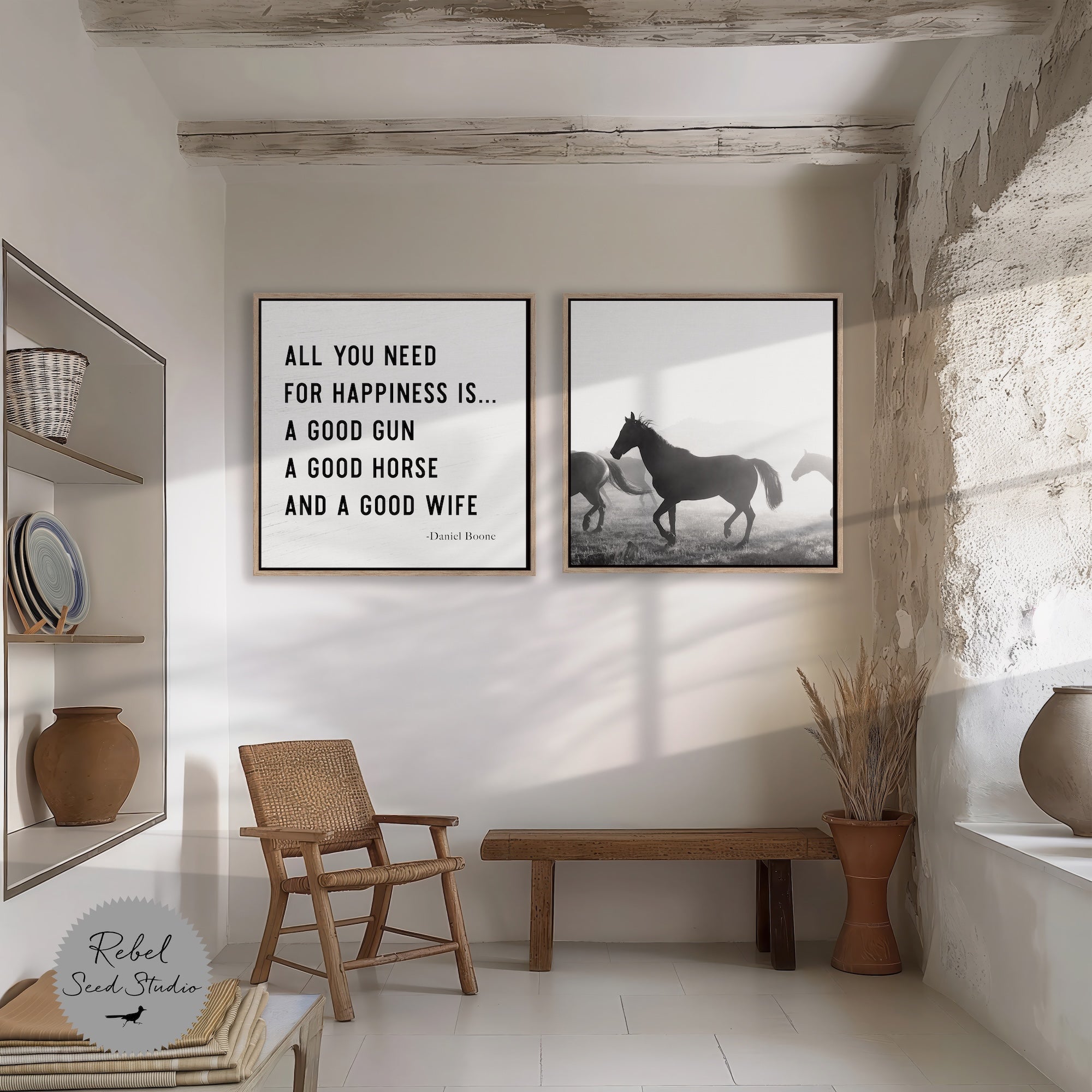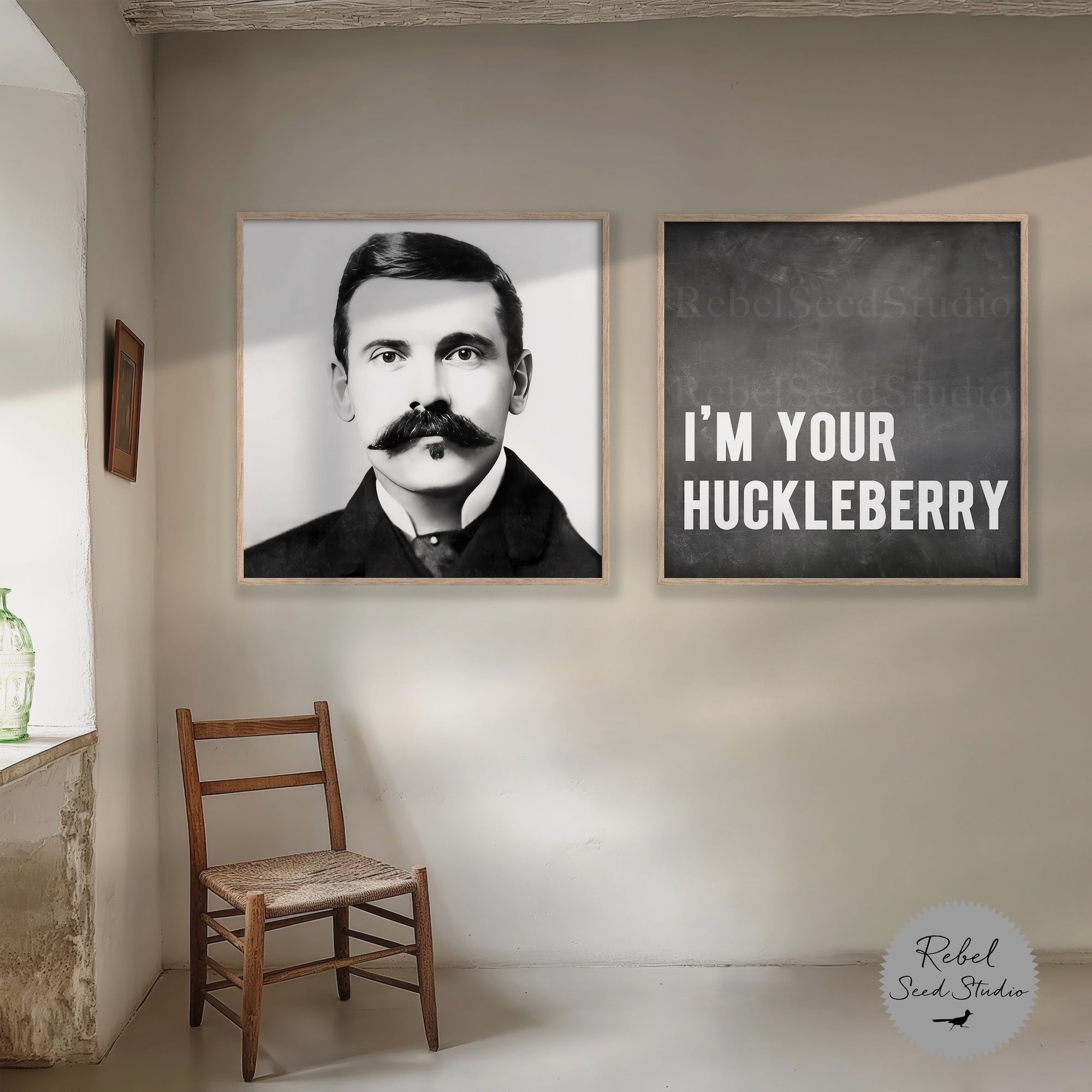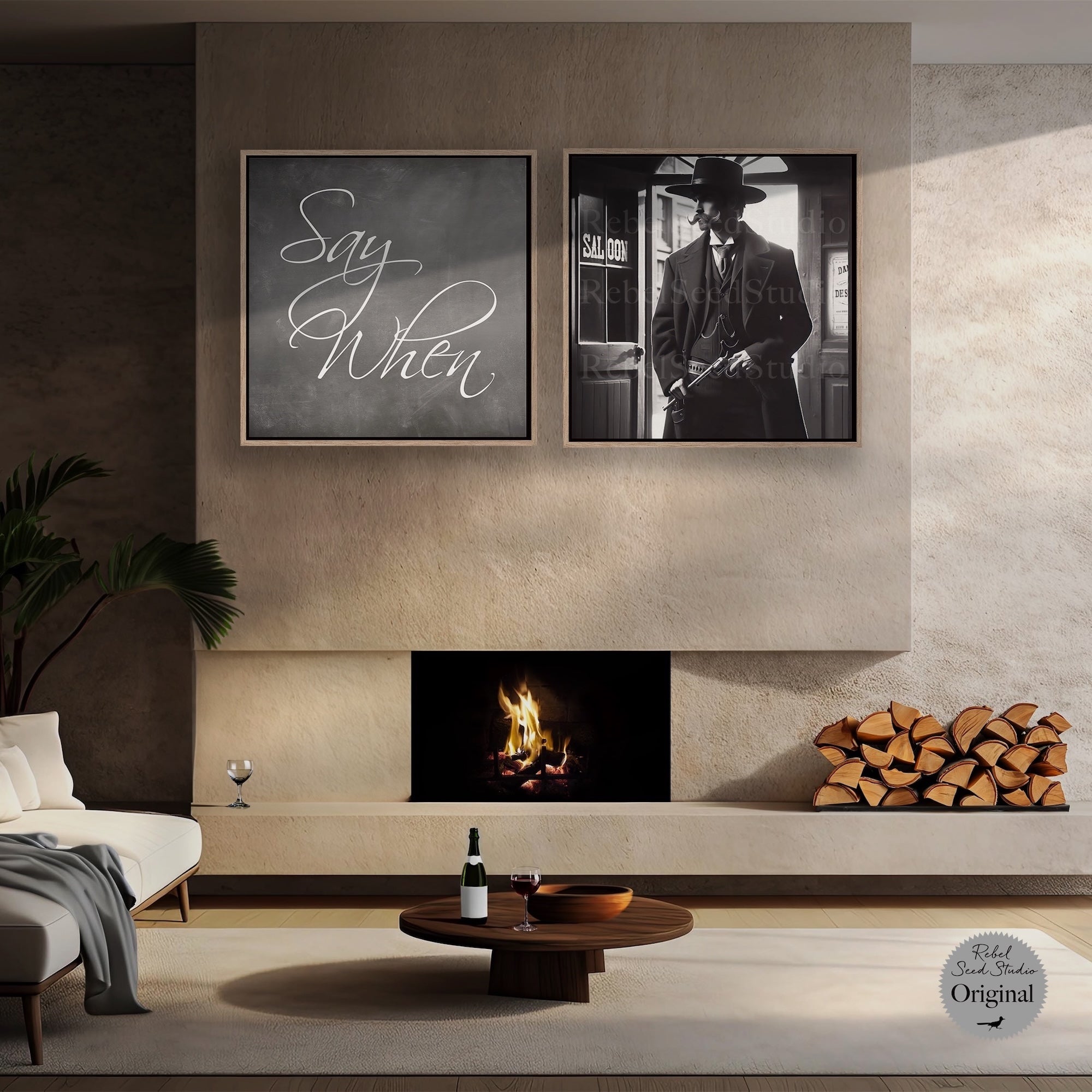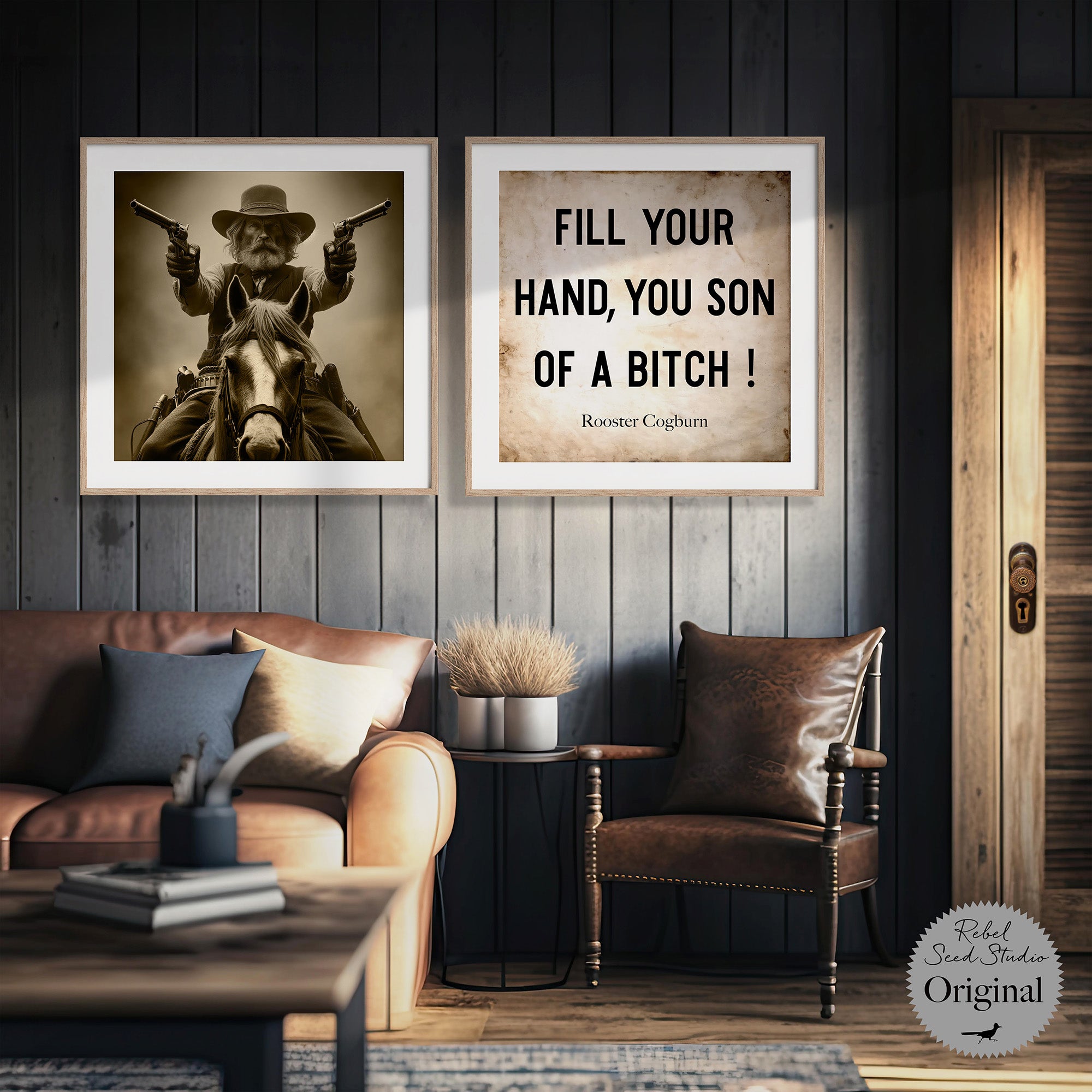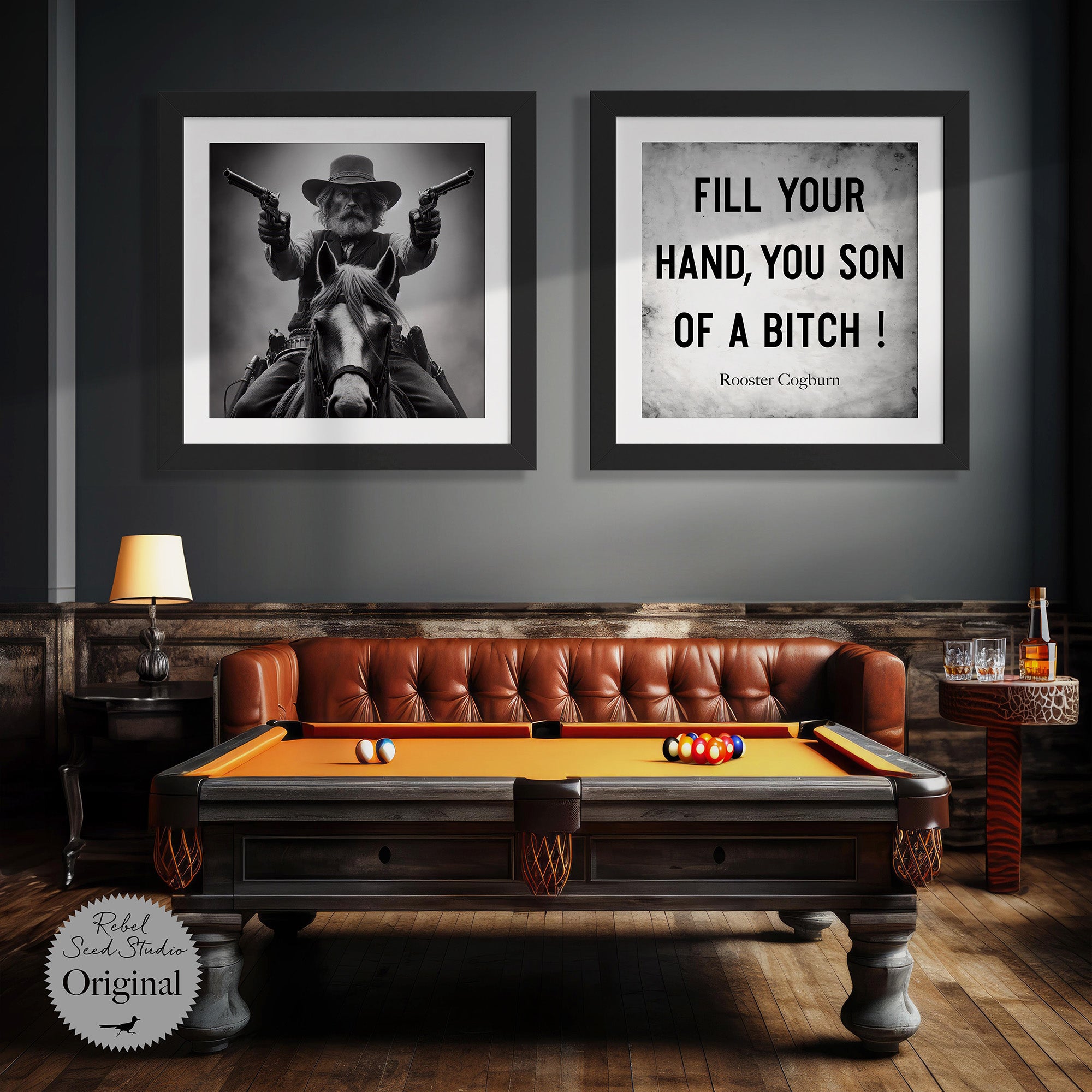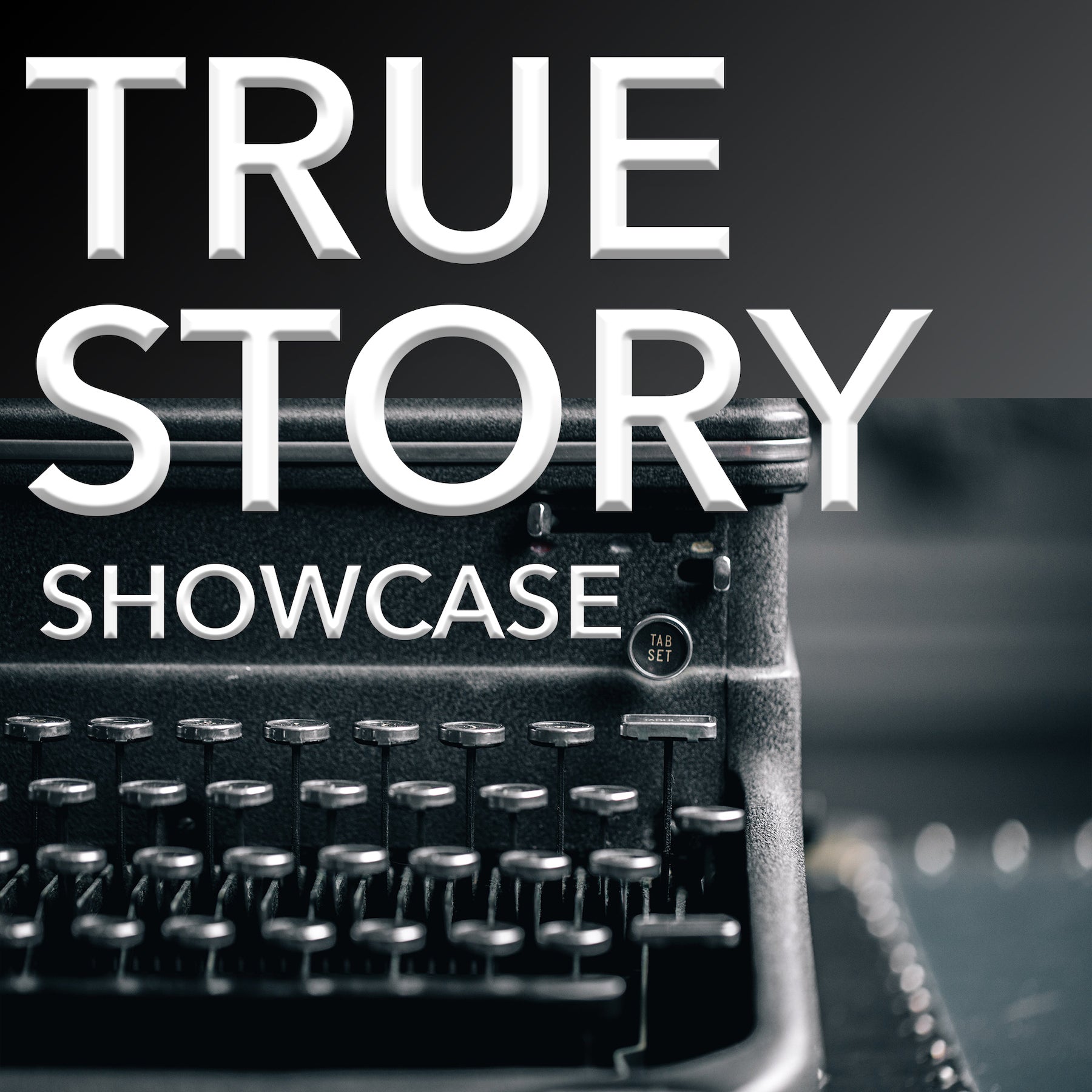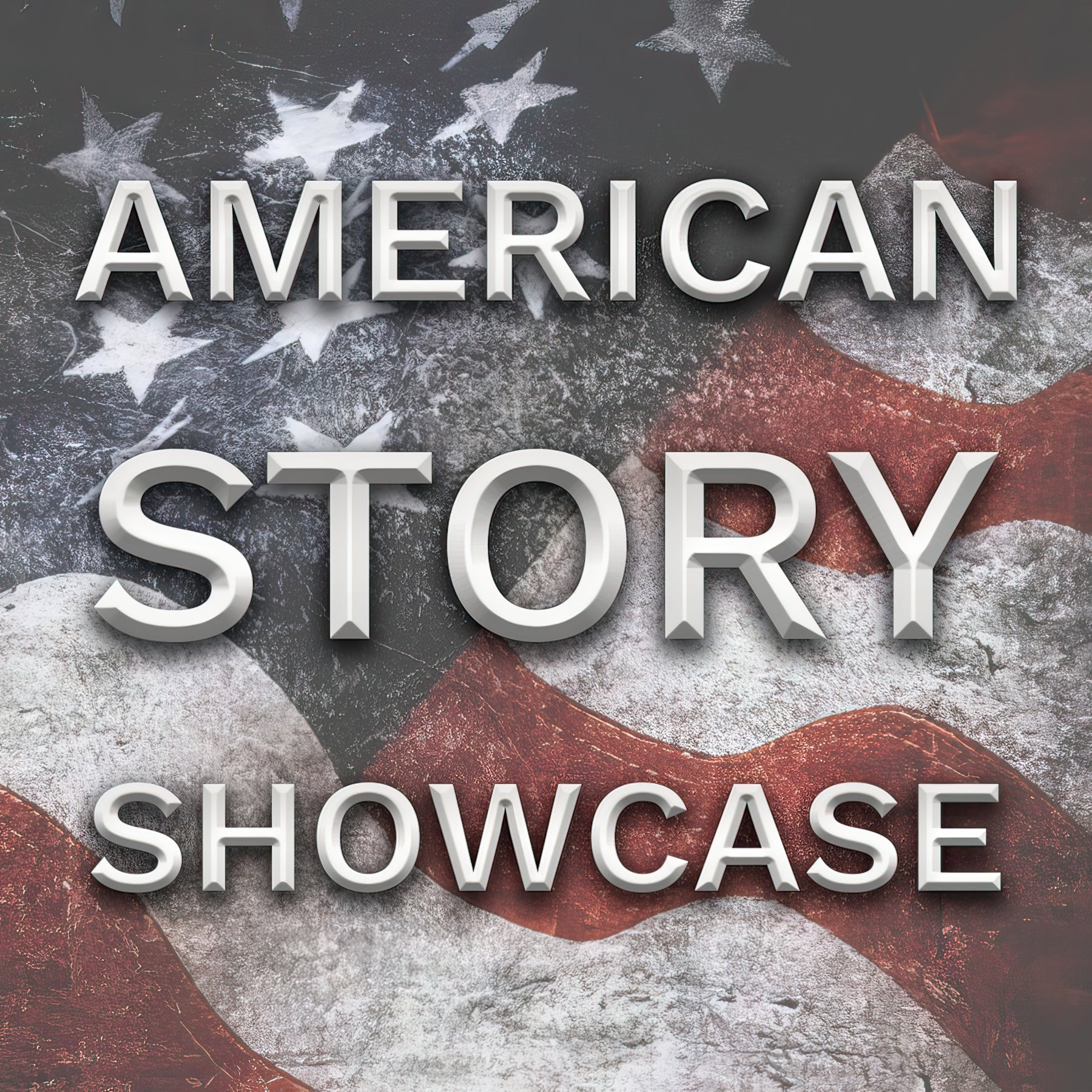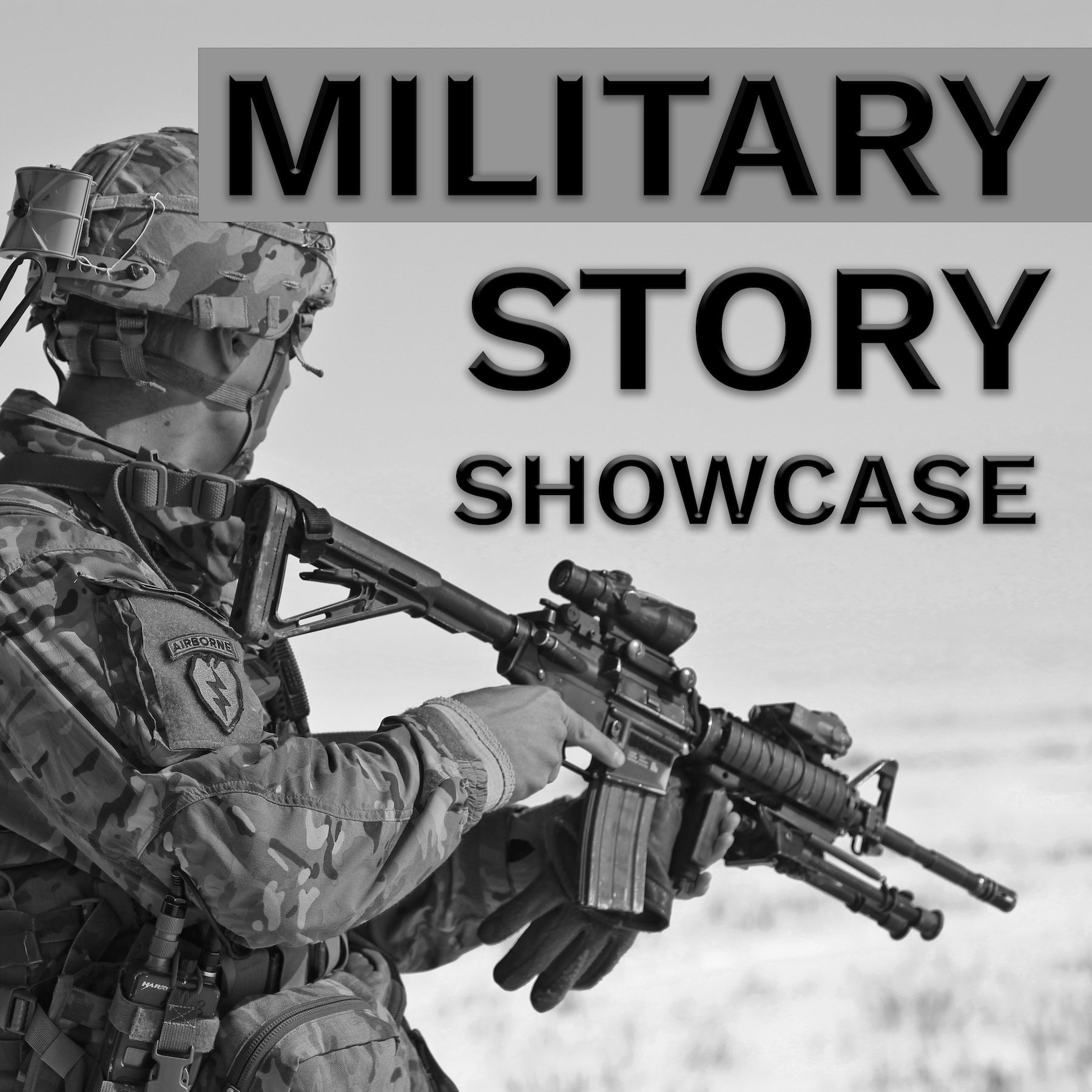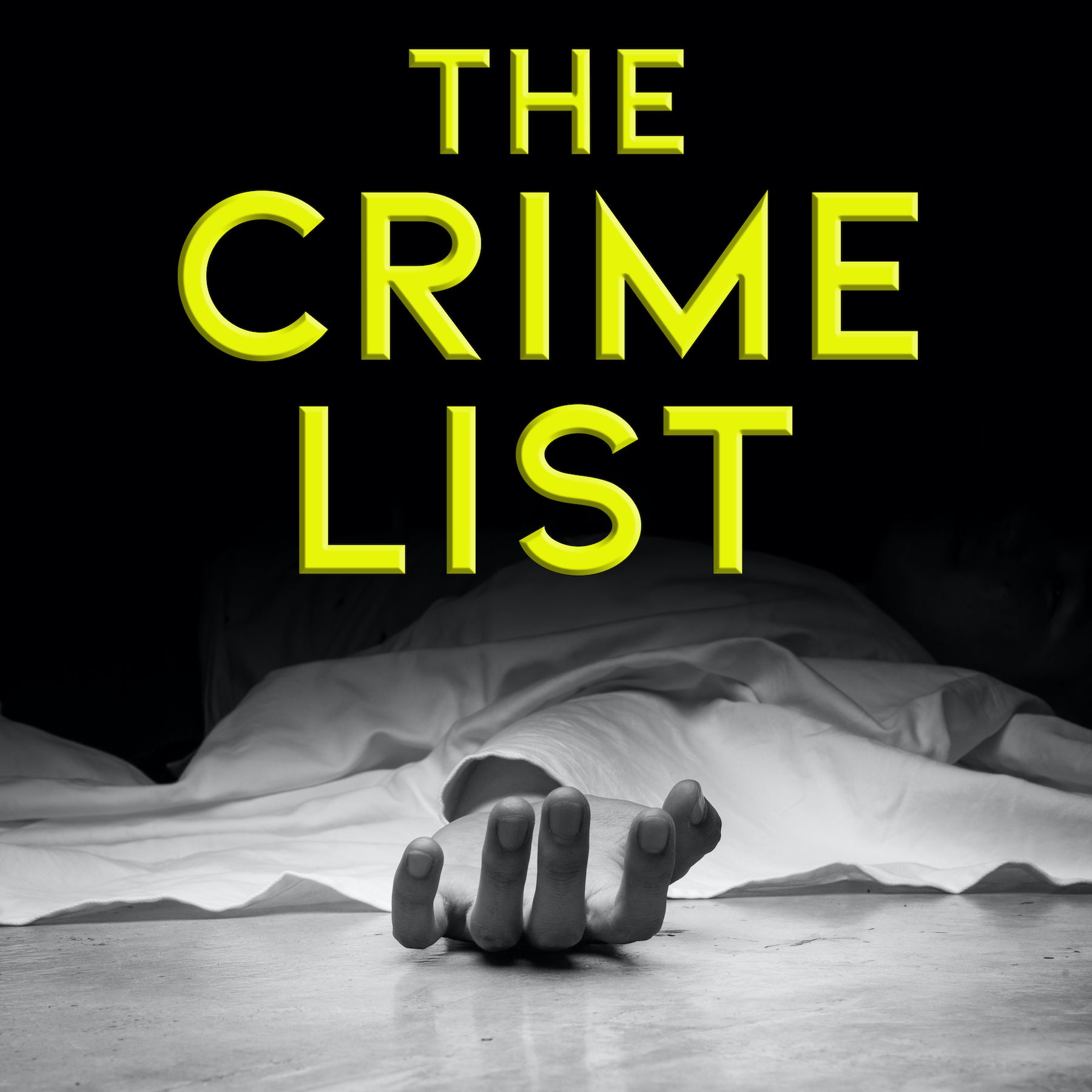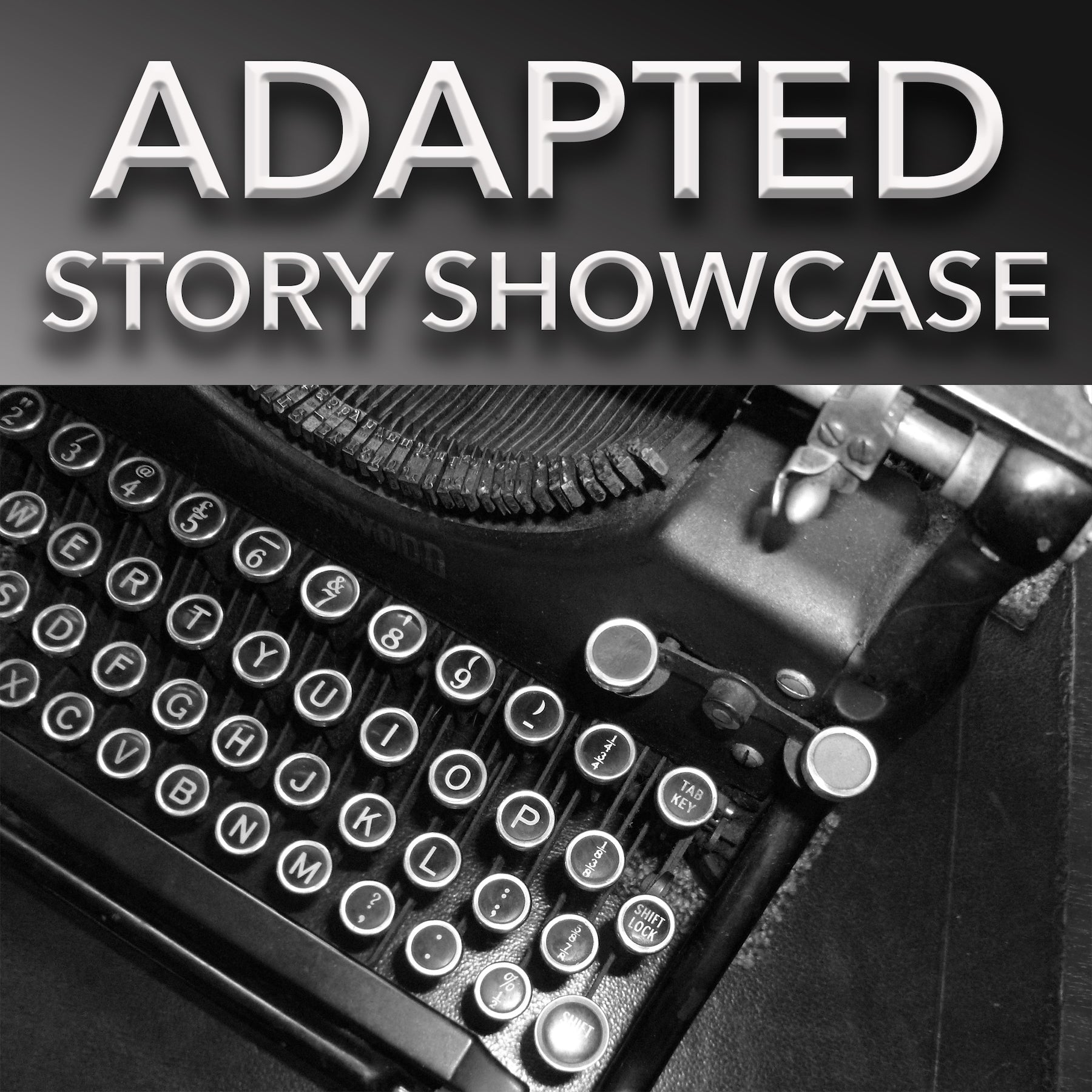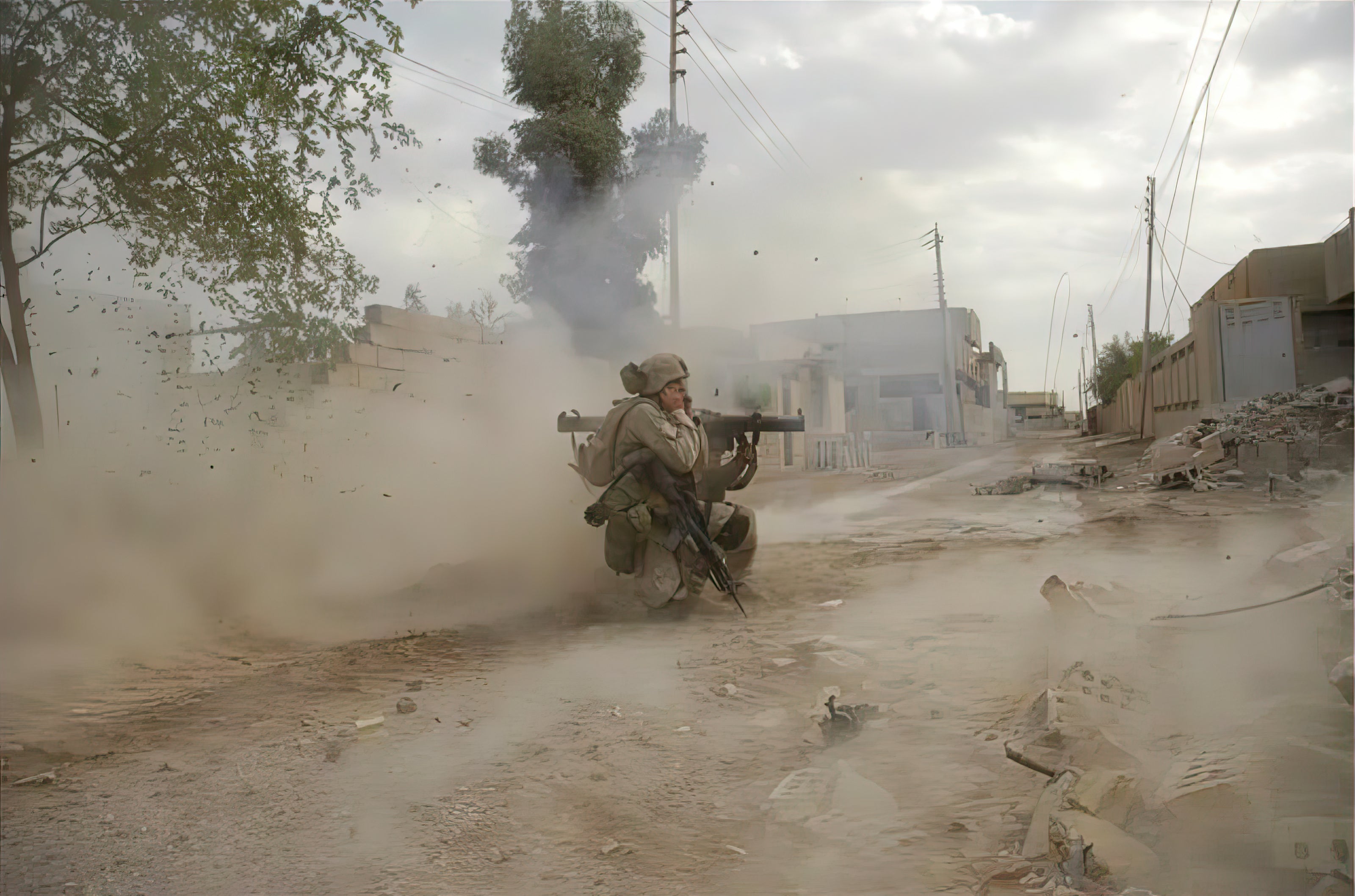
Battlefield Fallujah - Episode 8: No Worse Enemy (November 11, 2004)
RCT-1 and RCT-7 continue pushing south, further into the terrorist stronghold, locating numerous caches and execution chambers. First Battalion, 8th Marines moves into the Mayor's Complex with 2nd Force Recon providing overwatch.
REGIMENTAL COMBAT TEAM 1
RCT-1’s multivehicle “jump” command post pulled into the courtyard of a mosque. Marine Colonel Mike Shupp hopped out and warmly greeted Army Lieutenant Colonel James Rainey, who had arrived earlier. As the two started to discuss the situation, Major General Richard Natonski, the division commander, and his convoy rolled up. This was not unusual.
Major General Natonski: "I went into Fallujah every day. I’m a firm believer you have to be up front to know what’s going on. Your situational awareness is much clearer when you’re there, able to see how the troops are doing, how tired they are, what their spirits are, what the situation is."
After observing courtesies, the officers gathered around a HMMWV that had a map of the city laid out across the hood. The cluster of officers presented a once-in-a-lifetime target, even though their personal security details had taken positions to cover them.
Colonel Mike Shupp: "Now we're meeting with General Natonski. He's coming into the city and we're meeting at the mosque on Henry. When we made our plan, the fighting was so intense around us, that we were taking sniper rounds into the minaret and the plaster was hitting us in the helmets. I'll never forget that as long as I live."
Colonel Shupp launched into a brief of the tactical situation. He noted that RCT-1 had seized all its objectives and was a day ahead of schedule: "We killed a lot of ‘em and we were finding all sorts of stuff: torture chambers, execution rooms, large caches of ammunition, squad size elements of the enemy, but it doesn’t seem coherent. It’s strong point defenses. It’s not a coordinated battle fight. It’s a squad leader’s fight right now going across this battlefield. The three-prong attack completely unhinged them."
When he finished, Major General Natonski responded by pointing out that RCT-7 had much tougher going in the northeastern part of the city. He then asked, “What do you think if we pulled Jim Rainey and moved him to the other side of the city to support RCT-7’s attack?”
Colonel Shupp was prepared with a counter-argument: "We all came up with a couple branch plans to just keep ‘em with us and keep on going south. When General Natonski said, ‘We gotta keep on going on this.’ He says, ‘What can we do?’ Before we could even say anything, Jim Rainey said, ‘I don’t want to leave RCT 1.’ And we all said, well I said, ‘Sir, we can go ahead and do this. We can move it all the way to the south. Attack to the south.’"
General Natonski approved the plan and trekked across the city to personally brief Colonel Tucker on the change, noting, "We decided that he was to cross Phase Line Fran at 1900. We then drew a coordinated fire line around the southern half of the city.”
2nd Battalion, 7th Cavalry
Rainey immediately reoriented his battalion. They kicked off the attack at 2200. Captain Glass’s Charlie 3-8 Cavalry led off. Captain Twaddell’s Alpha Company followed in trace. The battalion reached the southern edge of the city and set up a defense.
The Iraqi forces 4th Battalion continued to fight alongside 2-7 and, according to Lieutenant Colonel James Rainey, their knowledge of the local people and their ability to search culturally sensitive sites was an asset: "The Iraqi Security Forces that we fought with, specifically the 4th Battalion, but all of them, did very well. This is the second or third time that we've fought with them and they're getting better and better every day. Actually, there are some things the Iraqi Security Forces are much better at than multi-national forces. Specifically, with being able to look at people from the area and determine whether they're good people or bad people, interacting with the civilians on the battlefield, the cultural sensitivity that they have towards mosques and other religious sites, they're much more effective and efficient with being able to deal with that than, say, an American rifle infantry battalion."
Lieutenant Colonel Willard Buhl, commander, 3rd Battalion, 1st Marines, was grateful for 2-7's support of 3/1: "I’m very thankful for everything 2-7 did for us, whether it was the penetration or their mortar support, or their co-location of their battalion aid station with ours. That came after the heavy surge of casualties, which averaged, in the first four days, of 50 a day, being treated there, MEDEVAC’d. So, a couple of hundred men treated in the first four days. They brought a lot of supplies. They cleared obstacles. And they attacked key intersections, terrain, buildings and things that could have caused us harm."
3rd Battalion, 1st Marines
3/1 continued the attack to clear the enemy in zone, north to south from Phase Line Elizabeth to Phase Line Fran. The battalion moved forward, with two companies on line—India Company on the east and Kilo on the right flank (west)—to rout out insurgents holed up in buildings waiting for the chance to kill Americans.
Lima Company was tasked with holding the intersection of Phase Lines Henry and Fran and back-clearing the area of the previous day, when they found a torture house. It contained the cell that held British civil engineer Kenneth Bigley, who had been kidnapped in September. His body was never found.
Lieutenant Colonel Buhl: "We found the cage that he was held. We matched the propaganda films released on Al Jazeera to pictures that we took. We confirmed, irrefutably, that he had been held in this cell. We found a large propaganda manufacturing headquarters, if you will, with very sophisticated, state-of-the-art computers, graphics, cameras, etcetera—where they were making their films. And in fact, we captured, in one case, a film that documented the double suicide, vehicle borne, attack against Delta base."
India Company ran into trouble with snipers concealed in buildings. Two of their men were shot in the head. An Iraqi Special Forces soldier riding with them was also shot and killed.
Captain Jeff McCormack, battalion intelligence officer: "When we got down south, they would wait. They’d let the tanks pass by, they’d let the Bradley’s, tracs pass by. They’d wait until the dismounted showed up because they knew that they could stand and fight with the dismounts where they’d lose a fight with a tank. As we pushed them, we basically were pushing them around south, and we had to come up with ways, operationally, to block their egress routes and pin them into an area where they couldn’t escape from. And that took us clearing areas multiple times. They had the knowledge of the terrain down there. They knew where those spider holes were. They had pre-staged caches. We’d watch groups of two or three that would shoot a couple of RPGs, shoot a couple of AK-47s and then drop the weapons and take off running south. As our Marines moved south, they’d run further south away to go to the next prepared cache and grab those weapons and shoot some more rounds. That way they didn’t have to travel with the weapons, probably hoping to use our ROE against us."
Lieutenant Colonel Buhl explained that buildings containing large caches that were too difficult or time intensive to extract were blown: "If we found a cache of something that was either unstable or determined more trouble than it was worth to try to pull it out, we’d just set charges and blow the entire structure up."
Lieutenant Colonel Buhl's vehicle was struck by debris from one of the explosions: "In destroying the caches, there was some massive caches that were blown up, where people did not well and truly estimate the size of the explosive base of these things. Blew up large sections of five-story buildings and sent large pieces of masonry flying hundreds and hundreds of meters through the air. One had struck my vehicle that was probably the size of a human skull, that put a dent that jammed my rear cargo trunk, that shook our vehicle—I thought that we had taken a rocket. And, shook the whole vehicle. You know, huge thud. If it had hit a human, even with a helmet on [interviewer: "gone"], it would have killed 'em."
Creating a danger for friendlies could also be an issue when calling in strikes to destroy targets. It was essential all the units were notified.
Lieutenant Colonel Buhl: "I had some incidental events in Desert Storm where we dropped 1,000-pounders very close to friendly lines out in the oil fields, you know, with a concussion that lifted me off the ground like a shockwave. But here we drop 500-pound bombs, jeez, ten houses away... and, you know, you hear it whistling in [makes whistling sound]—Boom. The word would go out on company TAC for everyone to 'find cover, get next to a wall'. They would know it was coming. You could hear it."
According to one of Lieutenant Colonel Buhl's Marines, the process didn't always work exactly the way it was intended: "So, you make the call [interviewer speaking in the background] to tell the other companies that, 'Hey, Kilo is striking a target with a 500-pound bomb, and India, Lima, stand by.' There was, maybe, at the risk of some humor, there was [laughs] a few instances where -- and it’s good we can laugh about it -- that the bomb hits without the millisecond delay, an instantaneous bomb. India Company, say, knows all about it, but then some shards of concrete go over into Kilo zone. And there was one instance where Marines had just gotten out of the vehicle, and a couple of Marines were bopped on their Kevlar with just a little bit of frag."
3/1's Kilo Company continued to be the battalion’s main effort.
Colonel Shupp remembered that the company became stalled: "Kilo Company, they’re held up by fire from this mosque. Along the flanks we had the Bradleys, we were able to turn the Bradleys to fire into the mosque where this fire’s coming out of and destroy these enemy positions."
The company moved out and crossed Phase Line Fran. They pushed into a shell-torn industrial complex and settled in for the night. A shattered, seven-story building nicknamed the “Flour Factory” or "Wheat Factory" was selected as the company’s firm base. Captain Timothy Jent placed snipers in the upper stories, although they were limited because the top three or four floors had collapsed from an airstrike. Marines equipped with night vision goggles were carefully positioned in its bomb-gutted interior to detect infiltrators.
The regimental after-action report noted, “At 0330 on 11 November, an AC-130 engaged parked vehicles in the blocks bound by PL [Phase Line] Fran, PL Grace, PL Isaac, and PL Henry. There were large secondary explosions from nearly every vehicle struck, corroborating intelligence reports that AIE [anti-Iraqi forces] had placed IEDs in parked vehicles.”
Lieutenant Colonel Buhl: "At night, the AC-130 enabled us to completely dominate the battle space. We could go firm and nothing could move forward of our lines without that C-130 seeing."
According to one of Lieutenant Colonel Buhl's Marines: "The AC-130, phenomenal capability that, at the company level, downtown, facing the threat, facing sniper threats at night a lot, you could bring that asset right into a 125-meter danger close, which was outstanding."
Lieutenant Colonel Buhl: "I would say these AC-130 bubbas would have a seat of honor at any Thundering Third affair any time. They’d be welcome guests. They’d be honored guests."
3rd Battalion, 5th Marines
3/5 continued clearing buildings in its zone.
Executive Officer, Major Todd Desgrossielliers: "Dismounted patrolling is the way to go. It’s just like hunting. You can’t hunt from a vehicle. You gotta get out. You gotta walk around. You gotta look for tracks. You gotta look for target indicators. You gotta see what the enemy’s pattern is. And, you gotta make the enemy react to you. It’s very hard to make them react to you if you’re riding around in a vehicle, looking out the windows. They can easily set an IED, anywhere."
The insurgents had learned from experience that the superior American night-vision equipment made nighttime movement extremely hazardous. In addition, Basher was overhead with its thermal imagery.
Major Desgrossielliers: "The AC-130 could see any movement and he could engage it within a matter of moments. That kept the insurgents from moving around at night too 'cause they're terrified of that airplane."
Basher’s orbit height made it fairly simple to pinpoint locations: "We just told him, ‘Hey, here’s where we are. Here’s where our positions are.’ We’re gonna have LPs out, you know, some security, but we’re relying on that airplane, basically, to PID and engage anything that’s moving around the area."
The regimental after-action report for November 11 noted, “Task Force [3rd LAR] Wolfpack reported a downed [HMLA-169 AH-1W] Super Cobra and quickly moved to provide security at the site. The initial report stated that the Cobra was shot down by a MANPAD [man portable air defense or shoulder-fired surface to air missile], launched from the south side of Queens. One of the pilots was wounded.”
REGIMENTAL COMBAT TEAM 7
1st Battalion, 3rd Marines
Captain Gil Juarez was at his company command post when he received a radio call from 1st Lt. Paul Webber reporting that his platoon was receiving light small-arms fire and he was going to investigate. As the light armored reconnaissance platoon advanced, Lance Corporal Armendariz, a dismounted scout, was shot in the thigh and seriously wounded. As his buddies administered aid and started to load him in his light-armored vehicle, they came under heavy fire from an estimated 50 insurgents.
Staff Sergeant Theodore “Sam” Holder, the platoon sergeant, moved his LAV forward to shield Armendariz and Webber’s disabled vehicle from insurgent fire. Exposed from the waist up, Holder used the commander’s machine gun to lay down suppressive fire. Juarez reported, “Corporal Adam Solis, the gunner, felt Holder get hit [and] asked, ‘Are you all right?’ Holder responded with, ‘Don’t worry about it,’ and continued to fire.” Solis recounted, “As the [insurgents] were backing out, [Holder] pushes forward. So, knowing he would take more fire, he still pushes up. We could have stayed there in the place where we were... but he chose to push forward a few more yards, deeper into the kill box, so we could take more fire.” Juarez said, “Suddenly the turret was swept by insurgent automatic weapons fire, striking Holder in the upper body.” The Silver Star citation noted, “Despite the severity of his wounds, he continued to man the machine gun and return fire upon the enemy, eventually succumbing to his fatal wounds.”
2nd Battalion, 2nd Infantry
At 0400 on the 11th, Newell received an order to turn his area over to 3/5 and continue to attack toward the southern edge of the city. “He issued a fragmentary order to clear the industrial area, BRT on the flank with Alpha 2-2 and Alpha 2-63 side by side.” Newell considered this area to be the “heart of the school for terrorists. It had laid out defensive positions, which were wired for sound... mortar positions... one VBIED factory, a bunch of IED factories and a couple of classrooms with drawings of how to engage jet aircraft with an RPG.” Newell’s battalion spent the entire day working the area. They attacked until 0530 when they hit Phase Line Isabella.”
Captain Jeffrey Beauchamp, RCT-7's Army Liaison: "I think a lot of people were surprised at how fast we could move through the city. It was a great demonstration of using armor in a MOUT environment and how critical it was. None of our armor vehicles were destroyed. We took a lot of RPG hits, but we were able to repair the damage."
1st Battalion, 8th Marines
Before dawn, Captain Aaron Cunningham sent 2nd Lt. Elliott Ackerman’s 1st Platoon, Alpha Company, to seize a foothold in a multistory building across from the Mayor's Complex. As the sun came up, Cunningham received an excited radio call. Ackerman whispered that he could see bad guys all over the streets around him. Evidently the insurgents were going to use the building to form up to attack the Marines and didn’t realize the Marines were already there.” Ackerman’s platoon was set up in a beautiful but exposed ambush site. Cunningham had hardly passed the word to “Shoot” when a terrific volume of fire broke out. Dozens of insurgents were cut down, but others took their place until the exposed platoon was taking fire from all directions. Ackerman ordered his men off the rooftops and, according to his Silver Star citation, “assumed the uncovered rooftop position, prompting a hail of deadly fire from the enemy. With rounds impacting all around him, he coolly employed an M240G machine gun to mark targets for supporting tanks, with devastating effects on the enemy... despite painful shrapnel wounds.”
Early on the 11th, Charlie Company rolled into the Mayor’s Complex. Captain Theodore Bethea, company commander: "Our mission upon getting to the Mayor's Complex was to conduct a relief in place with Alpha Company who is now tasked to continue the attack south of Fran. When we came into the Mayor's Complex, there was still sniper fire and direct fire emanating from all directions of the compound. "
1st Lt. Christopher Conner, Company XO: “And, it was immediately chaotic. As soon as we got off the tracs, everybody was saying, like, ‘Run! Get out of the open! There’s snipers everywhere!’ And, sure enough, you know, you heard the bullets zinging by.”
Staff Sergeant Christopher Jewell and several of his reconnaissance team were on the rooftop of a mosque: "We started getting accurate sniper fire. It went inches from our head... from my head, in particular. And then he started hitting the wall in front of us, which was almost hitting guys. At that time, we decided to call 81s in to get some smoke down on the target. The 81s seemed to be taking a long time, so I called down - well, my ATL actually had the radio so I told him to go ahead and make the call and have one of our team members come up with some HC Smoke to get a base of fire coming out of the window of the mosque... put some cover fire down because we have to get the fuck off this roof. This guy is going to kill us. So, we engineered that plan together. Threw the smoke, did the fire, we all picked up [and] we moved off the rooftop. Through the smoke, the sniper, he did exactly what I thought he would do. Being a sniper myself, I knew he would just end up randomly shooting through that smoke, once that smoke went. So, I told everybody to go ahead and make sure that they filed down a wall. So, they would stay tight that way when he shot through the smoke. That we would kinda be out of his kill blocks for the most part.
Everyone did exactly what I had briefed and planned. It went well, we got off the roof, but there was one minor infraction. Somebody [chuckles] must've not got the word 'cause there was a guy still laying on the roof. We all <inaudible> him off the roof and down into the building, which was probably about 30 to 50-yard drop cross the roof for us. The sniper's firing, rounds impacting by our feet and in front of us. Shit flying. He probably shot about four or five good shots through that smoke like we anticipated. Didn't hit anybody. The guy that threw the smoke was Sergeant Hauser, my RTO. He had enough fortitude, and he had seen what happened, and he went back on the roof by himself and grabbed whoever was left on that roof and pulled him off under heavy sniper fire. Took a lot of balls from him. Pulled that guy down, and we were all safe and sound."
Captain Jason Schauble, Platoon Commander, 2nd Force Recon, put Sergeant Hauser forward for an award for his courageous conduct: "Sergeant Hauser distinguished himself. The plan was, we were going to provide suppression fire from below, we were going to pop smoke, we were going to drop mortars and pull them down, all kinda at the same time, once the mortars dropped, the smoke got popped, guys came off the roof. That was working. We went down rounds. And then, the Forward Observer from Charlie Company, apparently, did not get the word as to what we were doing. So, as our guys were pulling off the roof under cover of smoke, he got up on the roof, standing up. And, we're taking this accurate sniper. Staff Sergeant Detrick was up in the minaret though he couldn't protect this Arty Op. Sergeant Hauser, who's the guy who popped smoke when these guys were counting everybody out, ran across the roof as the smoke was dying down, tackled the Arty Forward Observer, dragged him off the roof, and put him in a position so he could get him down. So, I put him in for an award for that. He pretty much, you know, he risked his own life. They were still receiving impacts around that area. He risked his own life to save that guy from Charlie Company."
With two of its three objectives in hand, the battalion prepared to advance on the third, an unnamed mosque on the west side of its zone. However, RCT-7 changed its scheme of maneuver and directed 1/8 to continue the attack straight south. The 1st Battalion, 3rd Marines, was ordered to take control of the area 1/8 had just secured. Lieutenant Colonel Brandl got his command group together and quickly devised a two-company plan of attack. Bravo Company, on the eastern side of the battalion’s area of operations, was designated as the main effort. Alpha Company on the west, butted up against RCT-1’s zone, supported the main effort.
The two companies advanced at the same pace so that they didn’t expose their flanks to the insurgents. Brandl tasked the reconnaissance platoon to provide overwatch for the move. The team set up sniper hides in an apartment complex.
Major David Morris, 2nd Force Recon, Air Officer and Forward Air Controller: "We see our first two targets there. By this time, Alpha and Bravo Company had already pushed further south than where we are. We see two guys, two Muj, walk out just like they're on a stroll for the day, come out, walk around the building that's about 500-meters to our south, walk around it and walk back in. We get all the sniper OPs set up and ready to go, and then just a few minutes later we see a squad-size element of Muj come out of a building - and this was like a, almost like a warehouse complex 850-meters to the south of our pos. They start rolling down toward Alpha and Bravo Company. So, essentially, these guys are going to attack Alpha and Bravo from the rear. Well, our guys, we take 'em out. We expose our position to take these guys out. We provide dedicated automatic weaponry onto the targets to keep these guys from attacking Alpha and Bravo Company, but it, essentially, exposes where we are.
All through the morning, up until about 10:00am, we're dropping bomb after bomb after bomb on these sites. What we're really doing is, we're locking the Muj into the buildings with the snipers and with the automatic fire, and then we're dropping bombs on the buildings that they're stuck in. I think that we prosecuted probably seven or eight bombs in that short of time span. We did four strafing runs on the Muj in that same area during that same time. So, we're having very good effects on them. And, in turn, they're having no effect on Alpha and Bravo Company. So, we're doing our mission, and we're being very successful. The only problem was, is we had given away our position. And then, just about 10:00am, we got RPG'd, and it was bad. One of the sniper hides was in a room and it actually blew a hole through the walls of the room that they were in. We started taking very dedicated fires then... automatic weapons, RPG fire."
Staff Sergeant Mark Detrick, 2nd Force Recon, Team Leader, Team 1: "Enemy started launching RPGs at us. It hit the top of the building first, as far as I know, I was in the far east room right next to the mosque. Got an RPG, hit the middle of the building, the top of the building where you get to the roof. There I pulled off my sniper rifle and backed up. Then my room to an RPG hit where I had my sniper hide in the apartment. I started packing up and then another RPG impacted my apartment, and where my point man and my SAW-gunner were sitting. Threw them across the room into the wall. They were fine. But that second RPG just smoked the whole room, I mean, it didn't do a lot of damage but there was so much dust you couldn't see anything. It was, like, pitch black for a second. And then there was so much dust, you couldn't even see yourself. Managed to crawl out of the room, and everybody was fine. Made sure everybody was fine.
A couple more RPGs came in, hit my assistant radio operator with shrapnel in the neck. He was fine, just bleeding and a sore neck. We ended up evacuating him out of there. And, he came back to Bravo surgical, got the shrapnel out and came back the next day, Corporal Woznicki. Our gear was still in the room, so I had to crawl in the room and drag out our gear, one pack, one ruck, at a time. We finally got everything out. We consolidated down at the bottom deck, all the teams. Now we were the whole platoon, all three teams and H&S Headquarters were there. We located a couple levels down, reconsolidated, regrouped, trying to figure out where the fire came from. We sent out a team looking to the east, another team looking at the west. We figured it came from the mosque 'cause the minaret was above us, and that's the best way they could fire down at us. So, we got our group together, and we worked our way through the apartment complex to the window that we could see the mosque, and we opened up fire on the mosque. And as we opened up fire on the mosque, we had all friendlies to the north, they didn't know what was going on. They let some rounds go south into our pos, and we had one guy who received some shrapnel from that incident. And then we called in AMTRACs."
The AMTRACs evacuated the team out of the building.
At 1445, Alpha Company stepped off in the attack.
1st Lieutenant John Flanagan: “We had four AMTRACs and four tanks in support of our company movement. We crossed over on Fran to what the Marines from Alpha Company 1/8 nicknamed Hadji Alley. It was a pretty narrow alleyway of houses, a side street.”
The street was so narrow, the armored vehicles could not maneuver and had a very limited sight view. The company split, two tanks and two AMTRACs on parallel streets: “The moment that we crossed Fran and set position, and started to enter Hadji Alley, we immediately took pretty heavy small arms fire. I think the lead tank took three RPG shots within the first two hundred meters. We had RPGs skidding down the roads at us - down the middle of the road. It was pretty intense.”
The company returned fire, but it was difficult to determine where the insurgents were shooting from: “In some houses you could see the drapes moving where the enemy were looking out. So, we immediately would put small arms fire into those buildings. A Marine [would] come up and throw a frag grenade in there. At the same time, the lead elements were going house by house, breaching every single door, clearing every house as we went down.”
The tanks and AAVs provided fire with their main guns and .50-caliber machine guns, but it was up to the infantrymen to do the heavy lifting. The two companies advanced until dark, when they paused to catch their breath.
Captain Michael Stroud, Bravo Company, Forward Air Controller: "We held up in this nice house for a couple hours waiting for it to get dark."
About midnight, Bravo Company stepped off and moved several hundred meters south: "We had a tank in the middle of the road giving us covering fire. It started opening up as we're traveling south past this last house we were in. We took some fire. The FIST team leader, Lieutenant Noble, took a shot to his left thigh. There was no bleeding. It cauterized and stayed in his leg."
It was estimated that the advance covered 1,200 meters.
1st Lieutenant Flanagan: “We were pretty amazed at how much movement we had made. Short period of time, we moved quite a long distance.”
Sgt Benjamin Eggersdorfer's Charlie Company, 3rd Platoon squad found a large cache of weapons and intelligence material. He was interviewed inside the Mayor's Complex during the battle of Fallujah: "We were tracked over here to the Mayor's Complex. Once we got here to the Mayor's Complex, we took over from Alpha Company the defensive stations around the perimeter. From there, we started sending out OPs, one squad at a time, 24 hours. Our first night as OPs, my squad uncovered large weapons cache. Three houses, large, all right next to each other. Over 100 mortar rockets of various sizes, approximately sixty 60mm, another forty 82mm, quite a few 120s, so there was a 106mm tank rounds. Approximately 50 grenades. Land mines. Gas masks. Beakers for use with chemicals. Many cell phones with wires and IED-making things attached to them. Hundreds of blasting caps. Some C-4. More intelligence stuff that still needs to be processed, having to do with video cameras and cassettes. AK-47s. RPKs. PKMs. Thousands of rounds for each of those. Approximately 30 RPG launchers. Several dozen rockets. Just a variety of stuff. The more we looked, the more we uncovered. We spent several hours searching through the house, and we're still finding things."
Produced and narrated by Laura Cross
Based on the book Operation Phantom Fury: The Assault and Capture of Fallujah, Iraq by Colonel Dick Camp
Special thanks is given to the Department of Defense.
Grateful acknowledgement is made to the U.S. Marine Corps for historical interviews.
Warriors featured in this episode:
Captain Jeffrey Beauchamp, U.S. Army
Captain Theodore Bethea, USMC
Lieutenant Colonel Willard Buhl, USMC
1st Lieutenant Christopher Conner, USMC
Major Todd Desgrossielliers, USMC
Staff Sergeant Mark Detrick, USMC
Sergeant Benjamin Eggersdorfer, USMC
1st Lieutenant John Flanagan, USMC
Staff Sergeant Christopher Jewell, USMC
Captain Jeff McCormack, USMC
Major David Morris, USMC
Major General Richard "Rich" Natonski, USMC
Lieutenant Colonel James Rainey, U.S. Army
Captain Jason Schauble, USMC
Colonel Michael "Mike" Shupp, USMC
Captain Michael Stroud, USMC
Interviewers: Chief Warrant Officer William Hutson, Unidentified Reporter for ABC News, Lieutenant Colonel John Way, Captain Joe Winslow


